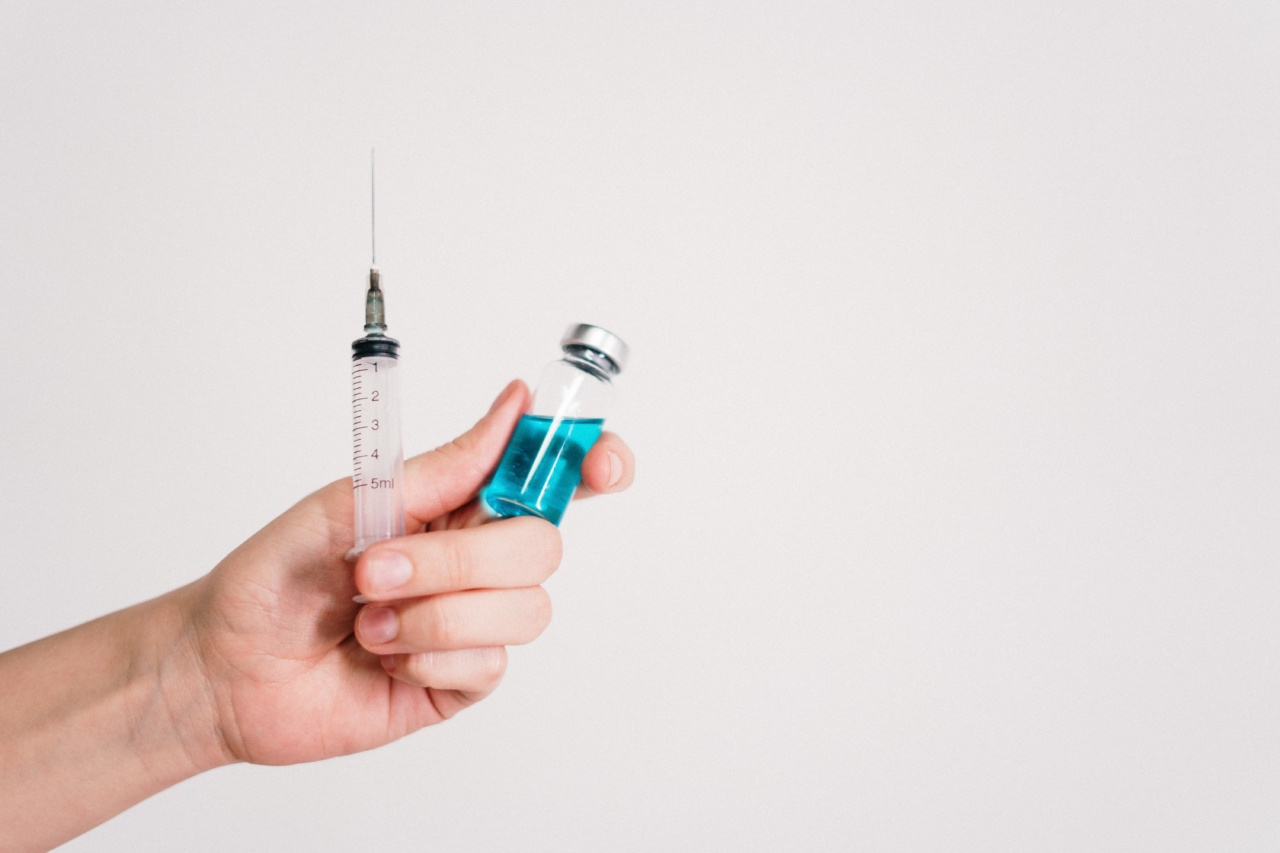Photodermatitis, also known as sun allergy, is caused by an abnormal reaction of the skin to sunlight or other sources of ultraviolet light. This condition can cause a variety of unpleasant symptoms, but fortunately, it can be prevented and treated.
In this article, we’ll explore the symptoms, prevention, and treatment of photodermatitis.
What are the symptoms of photodermatitis?
The symptoms of photodermatitis can vary from person to person, but they typically include:.
- Redness and irritation of the skin
- Blisters or hives
- Itching or burning
- Swelling
- Pain
- In severe cases, fever, headache, and nausea
The symptoms usually appear within a few hours after exposure to the sun or other sources of UV light. They can last for several days or weeks, depending on the severity of the condition.
What causes photodermatitis?
Photodermatitis is caused by an abnormal reaction of the skin to sunlight or other sources of ultraviolet light. This can be triggered by a number of factors, including:.
- Exposure to the sun without proper protection, such as sunscreen or clothing
- Exposure to tanning beds or other sources of artificial UV light
- A reaction to certain medications, such as antibiotics, diuretics, or nonsteroidal anti-inflammatory drugs (NSAIDs)
- A reaction to certain chemicals found in some cosmetics, perfumes, and skin care products
- A medical condition, such as lupus or porphyria
How can photodermatitis be prevented?
The best way to prevent photodermatitis is to limit your exposure to the sun and other sources of UV light. Here are some tips to help you avoid this condition:.
- Avoid outdoor activities during peak sun hours, usually between 10 am and 4 pm
- Wear protective clothing, such as long-sleeved shirts and wide-brimmed hats, when you’re outdoors
- Apply sunscreen with an SPF of at least 30 to all exposed skin, and reapply it every two hours or after swimming or sweating
- Avoid tanning beds and other sources of artificial UV light
- Read the labels of your cosmetics, perfumes, and skin care products to make sure they don’t contain any chemicals that can trigger photodermatitis
- Consult your doctor if you’re taking any medications that can increase your risk of photodermatitis
How is photodermatitis treated?
If you develop symptoms of photodermatitis, there are several treatments that can help relieve your discomfort. These include:.
- Over-the-counter pain relievers, such as ibuprofen or acetaminophen, to reduce pain and inflammation
- Cool compresses or baths to soothe irritated skin
- Calamine lotion or other anti-itch creams to relieve itching
- Prescription corticosteroid creams or oral medications to reduce inflammation
- Antihistamines to relieve itching and other allergic symptoms
In severe cases, photodermatitis may require hospitalization and treatment with intravenous fluids and other medications. However, most cases can be successfully managed with at-home treatments and prevention methods.
Conclusion
Photodermatitis is a common condition that can cause a variety of uncomfortable symptoms.
However, by taking steps to prevent it, such as limiting your exposure to the sun and wearing protective clothing, you can minimize your risk of developing this condition. If you do develop symptoms, there are several treatments available that can help relieve your discomfort and promote healing.


























